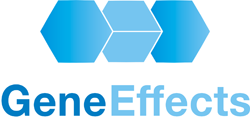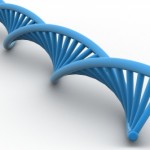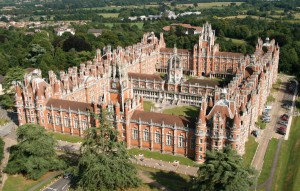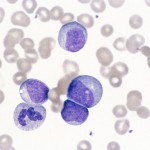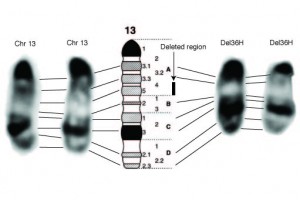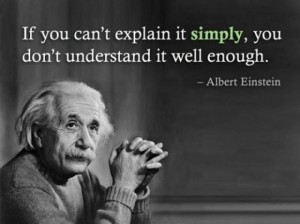 Mi #?us revenis, Albeit partatempa, labori en academia kaj mi estis proponita la #?anco instrui. Multaj docentoj en scienca esploro neniam instrui, Alia ol eble unu-al-unu “Instruanta” De nova doktoreca studento. &Nbsp;En la pasinteco, Mi prezentis mian laboron al aliaj sciencistoj #kaj anka? donita kelkajn gastajn lekciojn al studentoj; Sed #tio ?i estis la unua okazo kiam la valoro kaj graveco instrui vere frapita min kaj I??E provita kapti ke malsupre. &Nbsp;Sekve, Kial mi pensas sciencaj esploristoj devus instrui?
Mi #?us revenis, Albeit partatempa, labori en academia kaj mi estis proponita la #?anco instrui. Multaj docentoj en scienca esploro neniam instrui, Alia ol eble unu-al-unu “Instruanta” De nova doktoreca studento. &Nbsp;En la pasinteco, Mi prezentis mian laboron al aliaj sciencistoj #kaj anka? donita kelkajn gastajn lekciojn al studentoj; Sed #tio ?i estis la unua okazo kiam la valoro kaj graveco instrui vere frapita min kaj I??E provita kapti ke malsupre. &Nbsp;Sekve, Kial mi pensas sciencaj esploristoj devus instrui?
Studentoj demandas grandajn demandojn
Lasi min skribas ke denove, #?Ar ?i?? Tiel grava: Studentoj demandas GRANDAJN demandojn. &Nbsp;”Kial estas #tio ?i farita en #?i tiu vojo?”, “Kiel povis min aplikas #?i tiu #alproksimi?o en malsama situacio?”, “Kiel povis min klarigas #?i tiu problemon al alia studento?”. Iliaj demandoj provokas pensita & Diskuto kun #amba? studentoj kaj viaj kolegoj. &Nbsp;Kaj ili #anka? instigas vin pridemandi vin mem – Kiom bone vi scias via temo? &Nbsp;Einstein estas asertita diri “Se vi povas?? Klarigas ?in simple, Vi surmetas?? Komprenas ?in bone #sufi?a”. &Nbsp;Instruado estas bela vojo plibonigi vian komprenon de via propra temo.
Instruanta estas bonega vojo al varbito estontaj mastroj kaj doktorecaj studentoj
Se via instruado estas bona, Vi produktos #na?ejo de homoj kiu scios kiun vi estas kaj kio vi fari – #?I tiu homoj kaj iu ajn ili diras pri vi, Estas fonto de potencialaj varbitoj al via laboritorio.
Publicising via esploro
Estas multaj vojoj disvastigi la vorton pri via laboro, La plej evidenta kaj rekompencita estas tradicia eldono – Prefere en pinta-fluga revuo, Nature. &Nbsp;Malpli evidenta, Tamen, Estas la valoro de diskonigo de vorto-de-#bu?o; #Malgra? la stereotipoj, Viaj studentoj surmetas?? Nura parolado pri sportoj, #Reala?o televido kaj trinkanta ludojn; Ili #anka? diros homojn pri via esploro.
Studenta utilo de estanta instruita de praktikanta esploristojn
Oh, Jes, Eble #tio ?i devus esti nombro 1? &Nbsp;Tie estos subtila diferenco inter la #alproksimi?o kaj enhavo instrui de aktiva esploristo kaj la ne-esploristo. &Nbsp; Tinge pli da entuziasmo, La plej lastaj metodoj, La plej novaj eltrovoj – #?I tiu estas pli probable de aktiva esploristo. &Nbsp;Ili ne povas esti la tre plej bonaj komunikiloj, Sed kelkaj de tiu manko estas farita supre por de estanta pli proksima al la akra rando.
Instruanta helpojn via departemento
Universitataj administrantoj amas ?in kiam iliaj docentoj instruas, #?Ar (Flustri #tio ?i) – ?i helpas kun la malsupra linio.
Tiel, Mia konsilo al #?iuj tiuj sciencistoj tie, Kiam ili estas demandita se ili?? Esti volanta fari iun instruadon, Estas: Iri por ?i!
